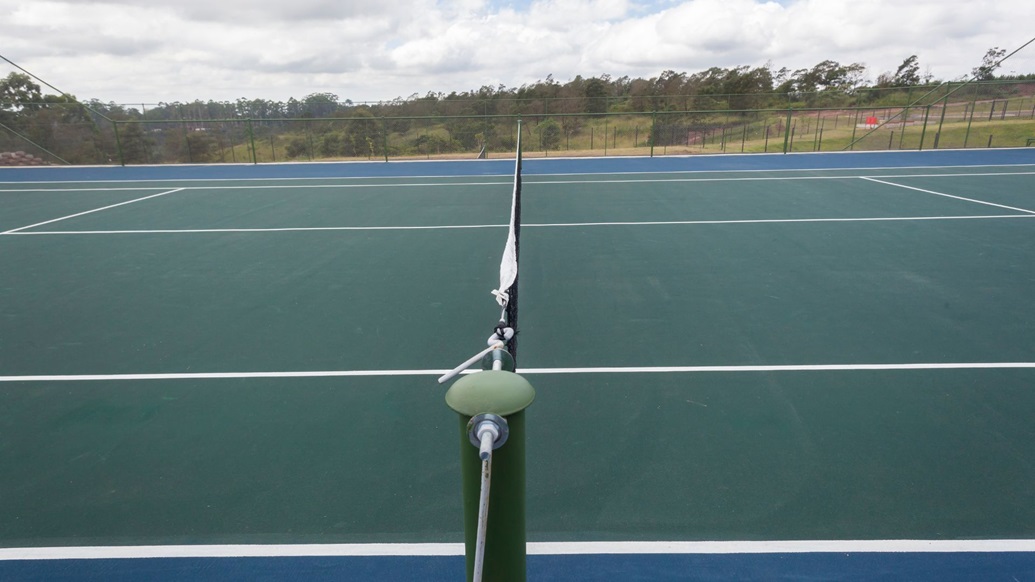

The exhilarating backhands, the thrilling aces, and the nail-biting rallies all take place on a perfectly constructed tennis court. The world of tennis court construction is intricate, and there are numerous factors that contribute to the making of an ideal playing surface. In this guide, explore every aspect of tennis court construction, from choosing the right materials to hiring the best contractor for the job.
Choosing the Right Surface and Materials
There are three main types of tennis court surfaces: hard courts, clay courts, and grass courts. Each surface has unique characteristics that affect the bounce and speed of the ball.
- Hard courts are made of a rigid material like asphalt or concrete, coated with an acrylic finish. They offer a consistent bounce and are suitable for players of all skill levels. Hard courts are popular for their durability and low maintenance requirements.
- Clay courts are made from crushed brick, shale, or stone and provide a softer, slower surface. This encourages longer rallies and a focus on strategy. Clay courts require more maintenance than hard courts but are easier on players’ joints.
- Grass courts are the traditional surface for tennis, offering players a fast, low-bouncing game. These courts are high-maintenance and weather-dependent but provide a unique experience for players and spectators.
Choosing the right court surface is crucial, as it affects not only the gameplay but also the longevity and maintenance of your tennis court. Determine your specific needs and consider factors like your budget, climate, and preferred style of play when selecting a surface.
Site Preparation and Drainage
A level playing surface is essential for tennis court construction. Prior to any construction work, the site must be cleared of vegetation, rocks, and other obstructions. Excavators are used to achieve the desired grading and create a sufficient slope for drainage.
Proper drainage is also critical in keeping your tennis court free from puddles or standing water. A well-designed drainage system ensures the longevity of the court and prevents safety hazards from occurring during gameplay.
Hiring a Professional Tennis Court Contractor
Selecting the right contractor for your tennis court construction project is crucial in ensuring the court’s longevity and quality. Before hiring a contractor, it’s essential to ask the right questions to ensure they possess the skills, experience, and knowledge necessary for the job.
Consider requesting references from previous clients or work samples to gauge the contractor’s expertise. Additionally, verify if the contractor provides the necessary warranties for their work and if they use high-quality materials throughout the construction process.
To Sum Up
Constructing a tennis court is a significant investment that requires careful planning, meticulous attention to detail, and expertise in various construction aspects. By choosing the right surface, ensuring proper drainage, and hiring a skilled tennis court contractor, you can create a top-notch court that will serve as the perfect stage for both casual and competitive games. So, whether you’re a tennis enthusiast or just looking to build your own private court, this guide will help ensure your project is successful and enjoyable.






